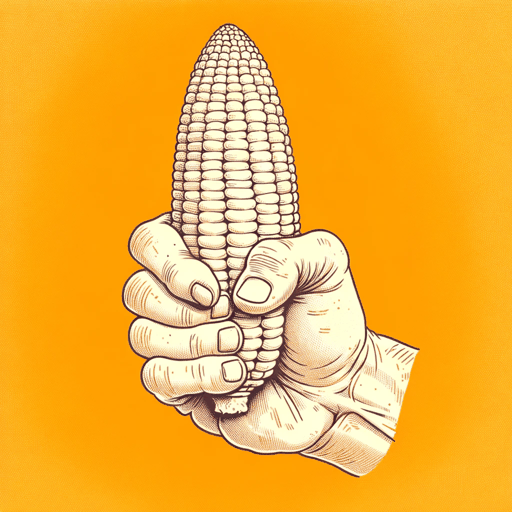34 pages • 1 hour read
William FaulknerDry September
Fiction | Short Story | Adult | Published in 1931A modern alternative to SparkNotes and CliffsNotes, SuperSummary offers high-quality Study Guides with detailed chapter summaries and analysis of major themes, characters, and more.
Story Analysis
Analysis: “Dry September”
As the first half of the 20th century ushered in both the Modernist and Southern Renaissance literary movements throughout the United States, the need for new forms of expression inspired innovative new writing styles. From the story’s imaginary setting in William Faulkner’s Yoknapatawpha County to its shifting narrative style, symbolism, stream of consciousness, and fusion of time, the author explores Southern identity and history using these new modes of storytelling.
For example, while the narrative style of “Dry September” alternates between heavy passages of dialogue and elegant layers of prose, the text represents a departure from the more traditional, linear short story format. While such narrative ambiguity may disorient the reader, it demonstrates a desire to uproot the past and view it from a new perspective within the framework of Modernist ideals. In addition, the rapid-fire succession of dialogue from one character to the next infuses the story with a sense of immediacy that matches the growing agitation of the lynch mob.
Related Titles
By William Faulkner

Absalom, Absalom
William Faulkner

A Fable
William Faulkner

A Rose for Emily
William Faulkner

As I Lay Dying
William Faulkner

Barn Burning
William Faulkner

Go Down, Moses
William Faulkner

Intruder In The Dust
William Faulkner

Light in August
William Faulkner

Sanctuary
William Faulkner

Spotted Horses
William Faulkner

That Evening Sun
William Faulkner

The Bear
William Faulkner

The Hamlet
William Faulkner

The Reivers
William Faulkner

The Sound and the Fury
William Faulkner

The Unvanquished
William Faulkner

